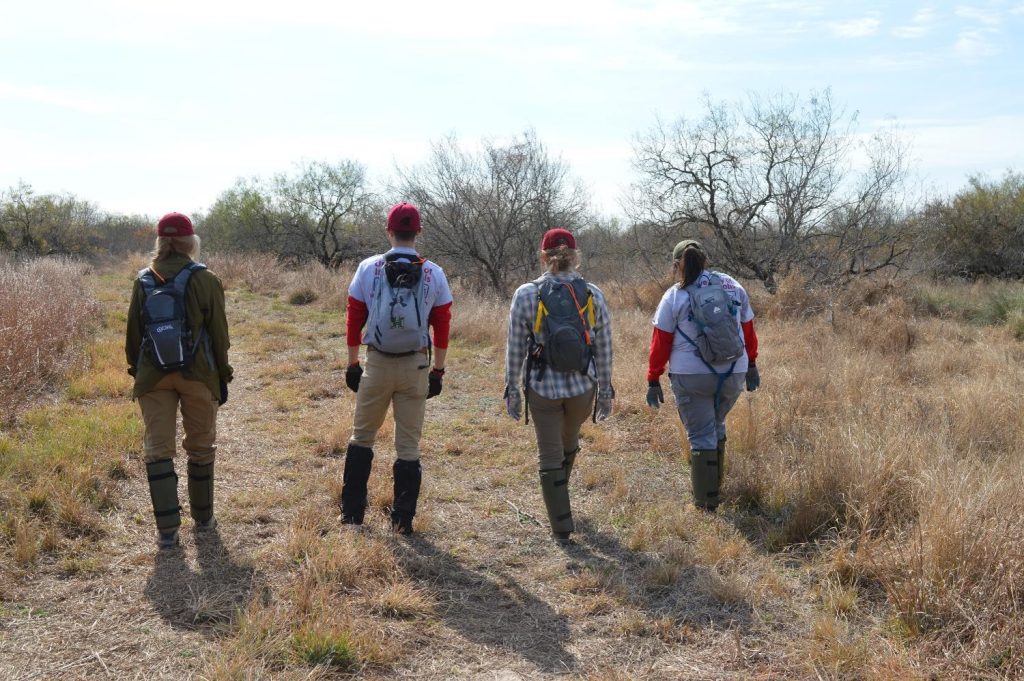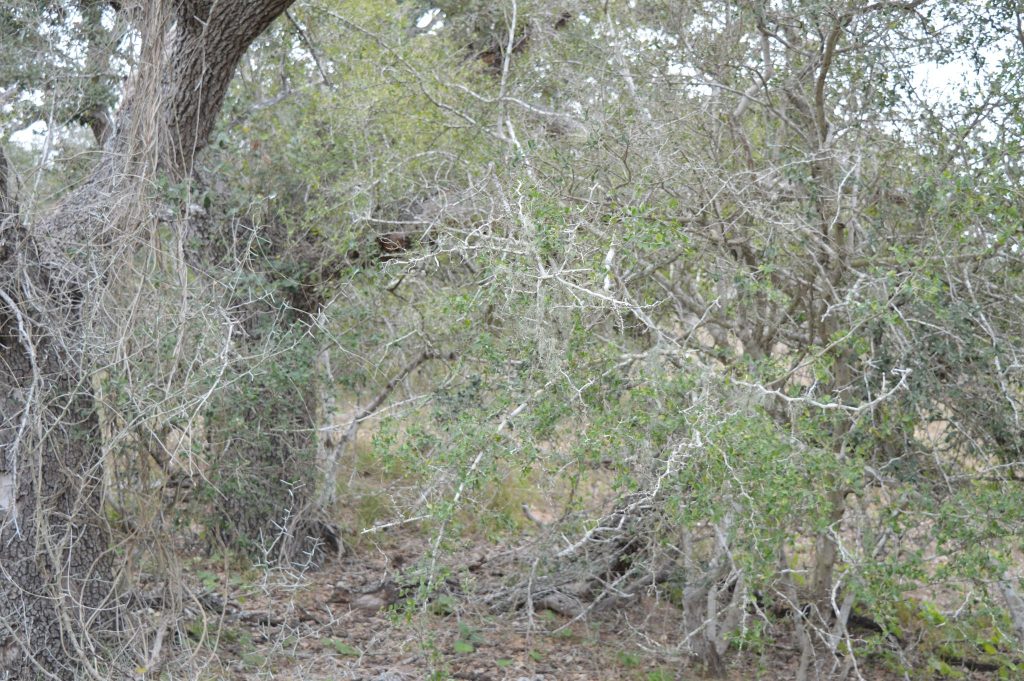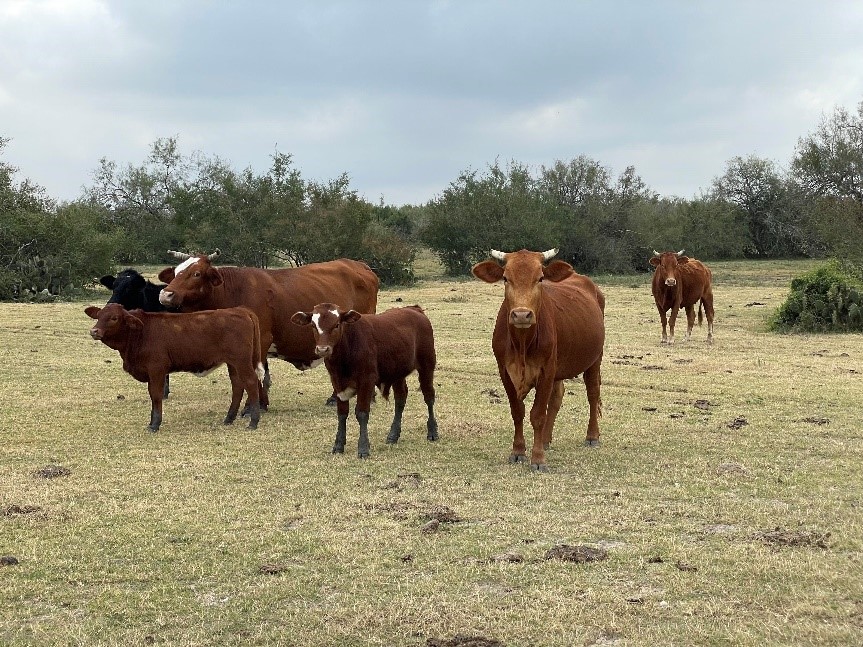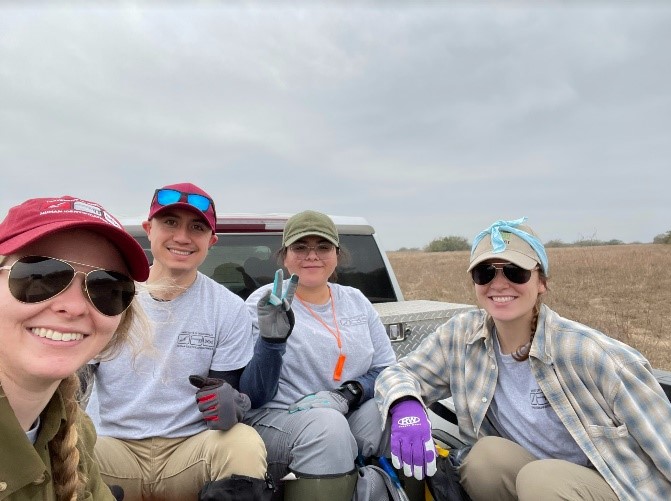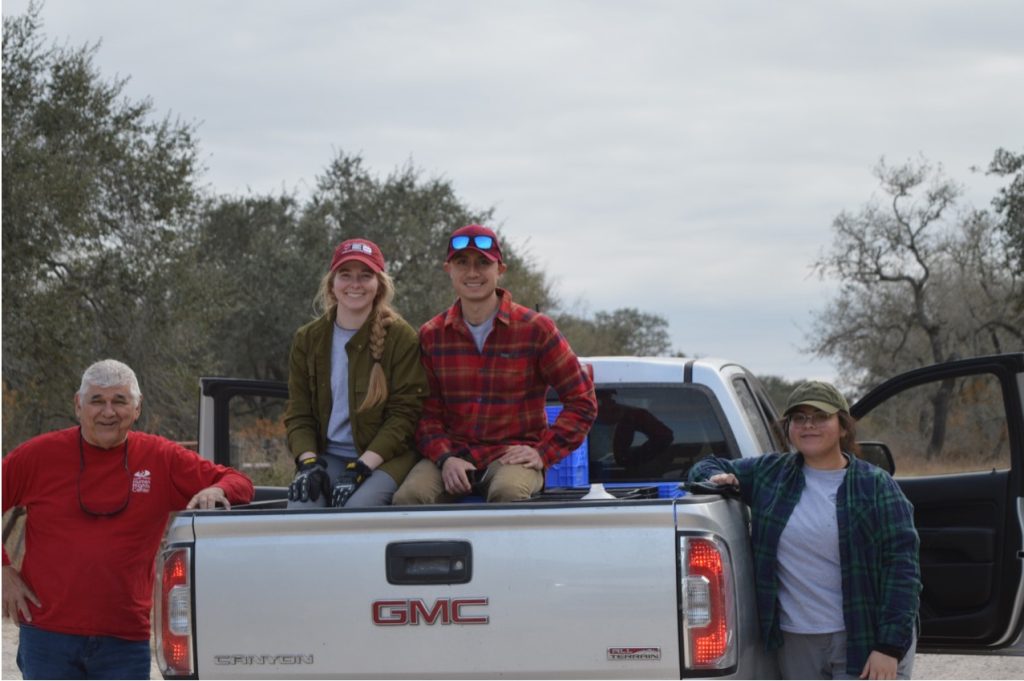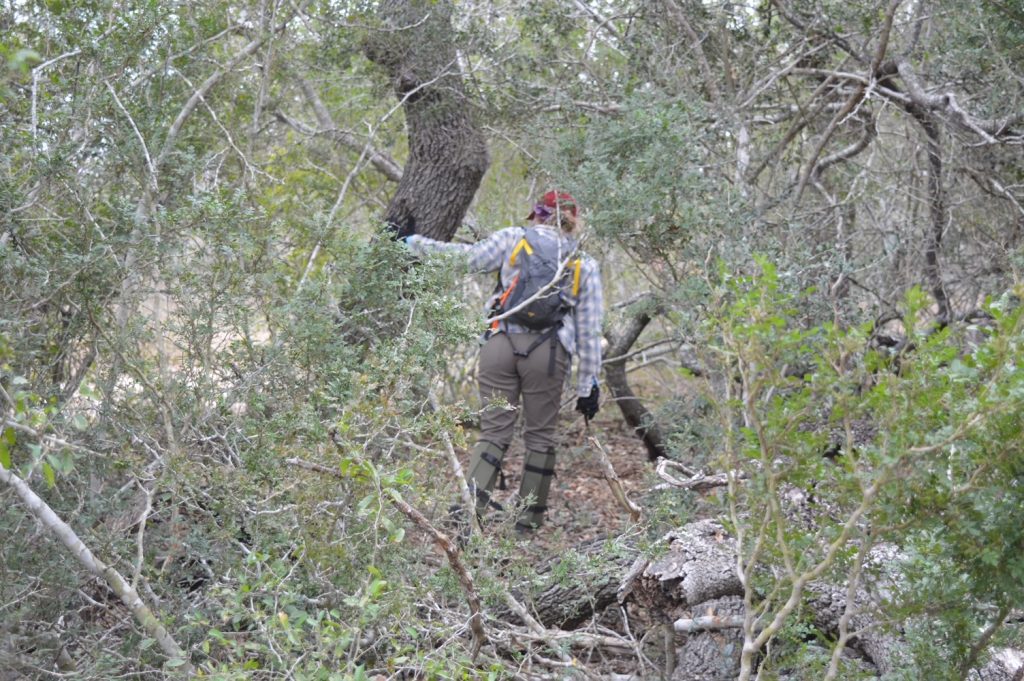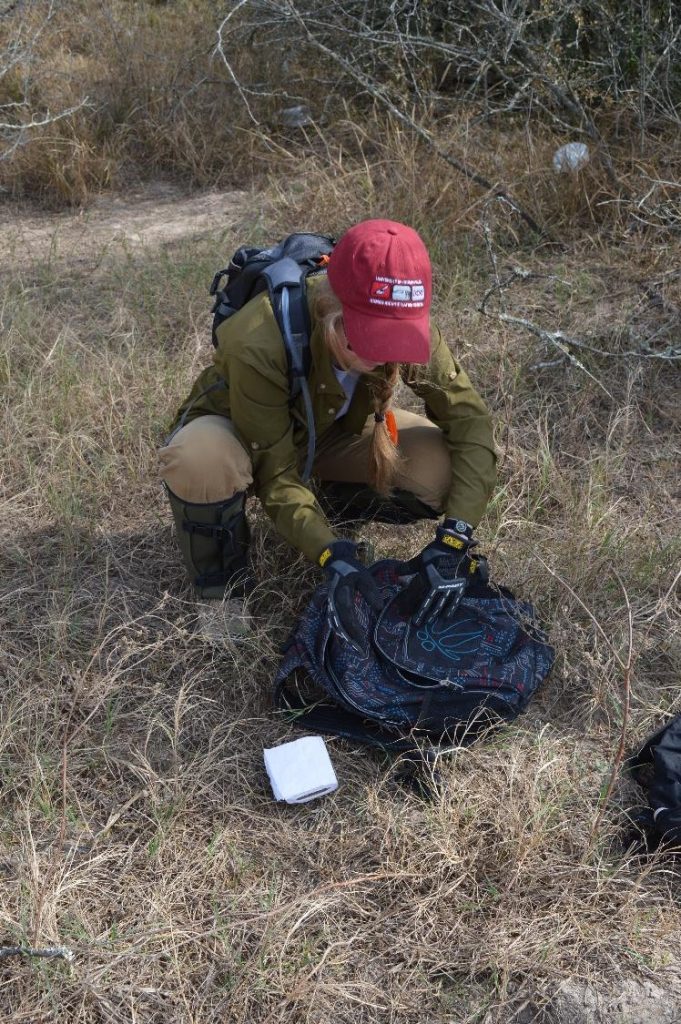In ancient Chinese philosophy, Yin and Yang describes how obviously opposite or contrary forces may actually be complementary, interconnected, and interdependent in the natural world, and how they may give rise to each other as they interrelate to one another. I prepared my team for the different approaches taken by the different teams we would encounter on the border. They have different ways of achieving the common proximate goal of saving lives. But during my decade of work in the Texas Borderlands I never head it said so deliberately so many times — there is a human rights side and a law enforcement side. While these sides do not always agree on the best path, they do agree on the ultimate outcome of dignity in life and dignity in death. The Beyond Borders Team assists organizations in both the Yin and the Yang when we are in South Texas. We respect and appreciate anyone who volunteers their time to this work. It’s physically and emotionally exhausting. Everyone we have met has invested a lot of their own time and money into preventing deaths and identifying the dead. So the paths and ultimate long term goals might be different, but these forces need each other as they search the brush and work to save lives. Just as the night needs the day, big is only meaningful when compared to small, and order is meaningless without disorder.
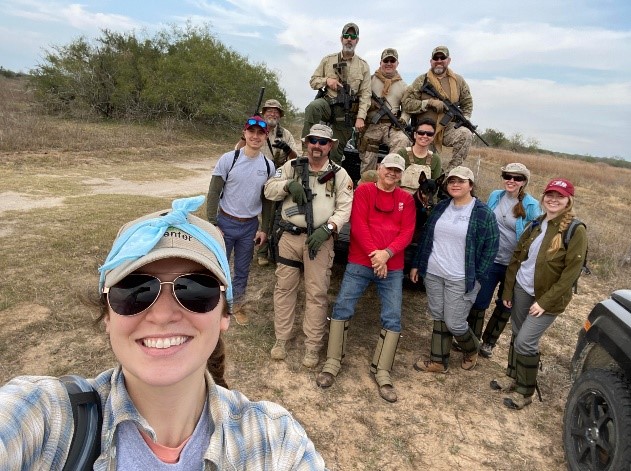
Most of the year I am geographically removed from an issue I care deeply about. Therefore, my role is less applied to searching the brush and recovering the dead and more dedicated to providing opportunities for the next generation to tackle issues of social justice and global citizenship. While this generation of young people is much more tolerant different races and cultures, they are also tend to be more isolated due to internet and social media technologies. Teaching empathy in a way that literally places you in the shoes and pathway of another, teaching awareness of global issues that dehumanizes and marginalizes others and how that impacts us all, teaching how every person is connected to every other person on this planet and teaching how action can come in big and small packages while all having the same impact are not things that come just from reading a book. I have to remind myself that these issues stretch longer and deeper than Brooks County and there are many ways we can all contribute to positive change. The 26 current members and alums of the Beyond Borders Team are out there making a difference in their local and global communities. They are continuing the work to bring awareness and understanding of the connections we all share in the wider world and using that worldmindedness to advocate for basic human rights.
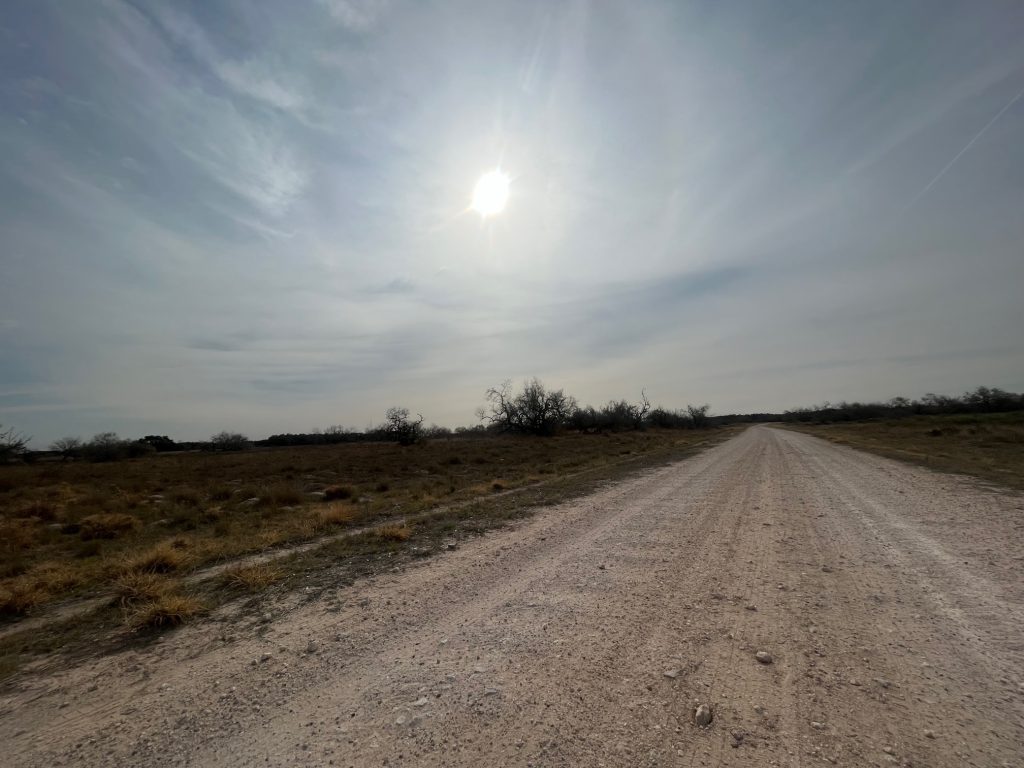
I’m so proud of the team members from this trip for many reasons! Not only are they knowledgeable in the practical applications of forensic casework but they also grew in their skills, their awareness, their motivation and their aspirations while in the Texas Borderlands. At the same time their humor, care for each other and support all contributed to their success in the field. We worked hard and covered a lot of ground while we were there. Their experiences will motivate them to stand up for human rights and work for change long after they physically leave the borderlands.
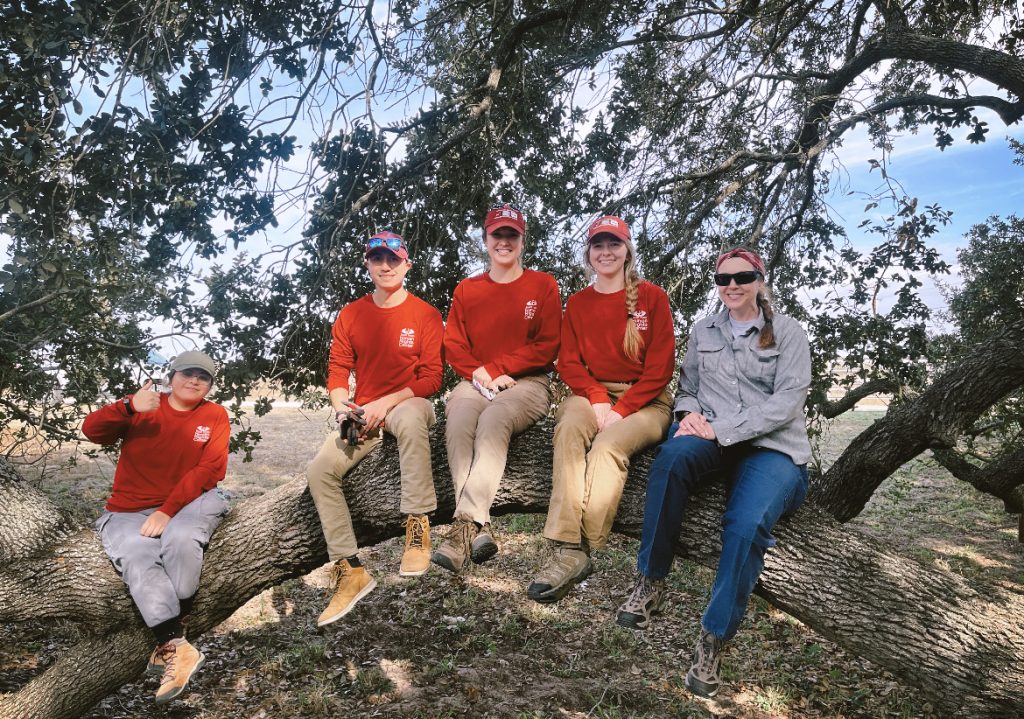
I also need to mention that our team is so grateful to our supporters: the University of Indianapolis President & Provost provide financial support, our donors to the Beyond Borders Team, our families, our colleagues in south Texas who not only do this on a regular basis but changed their schedules to host us and a special thanks to all of you that have read and shared the blog ! I hope you know how much of an impact you have on so many people! Thank you!
